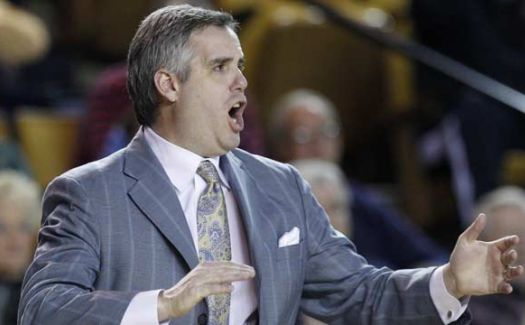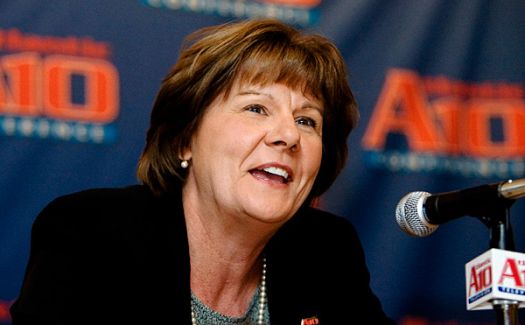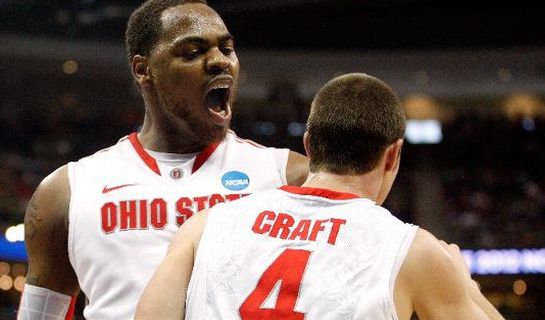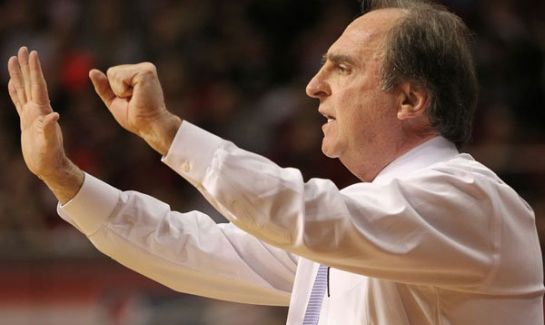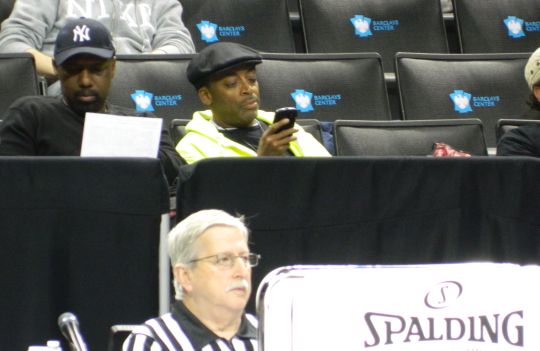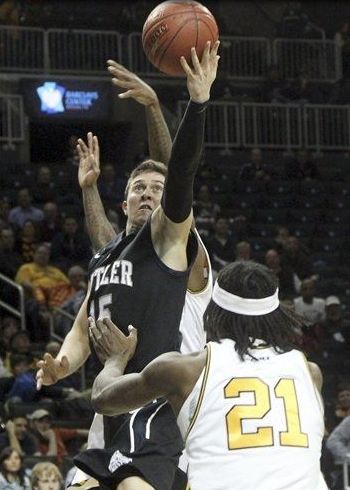Seton Hall Games are Exhibit A on New Hand-Checking Rules
Posted by Joe Dzuback on November 14th, 2013Joe Dzuback is an RTC correspondent. He filed this report after Wednesday night’s game between Seton Hall and Kent State. On paper the proposed revision to the blocking rule, along with a handful of tweaks to the rules governing legal hand checks and use of the arms by defenders, seemed the best way to reverse the ongoing problem of declining points per game. The Rules Committee reasoned that tolerating more physical contact had given the defender a subtle but impactful bias that contributed to the recent trend of fewer points scored by both teams. By mandating the defender had to be in the defensive position before the ball-handler began his upward motion (as opposed to leaving the ground, as previously enforced), the Rules Committee hoped to give the referees a longer time frame — and therefore a better chance — to make the correct block/charge call. By mandating officials more consistently call hand-check violations, the Rules Committee hoped scorers would have more freedom to create shots and force defenders to work harder to maintain position by moving their feet in front of the ball-handler, rather than using their hands and arms to slow him down.
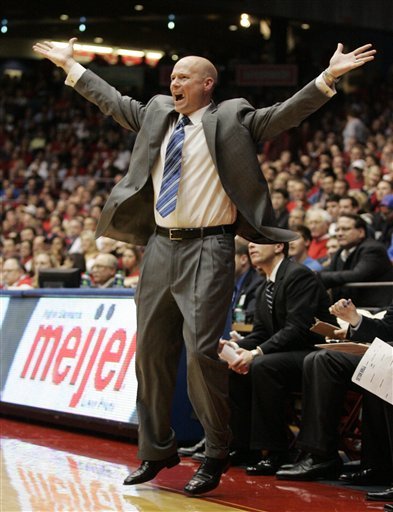
Seton Hall and coach Kevin Willard, like the rest of college hoops, have had to adjust to the new rules. (Getty)
Depending on the coach, the changes would enhance scoring opportunities and open up the game (e.g., John Calipari — “But we’re all wondering whether they will make the same calls in January, February and March that they make in November and December,” per Jeff Goodman’s October 14 article at ESPN) or throw sand into the overall flow (e.g., Larry Brown — “I think it will be terrible… There’s no doubt in my mind that they’re trying to do the right thing and their intentions are good, but I don’t think this is the solution. This is going to ruin the flow of the game,” per an early November ESPN article by Dana O’Neil) and turn the game into a Parade to the Free Throw Line. More scoring? Sure, but those extra points come at a price – longer games with more interruptions. Read the rest of this entry »
Read the rest of this entry »





























